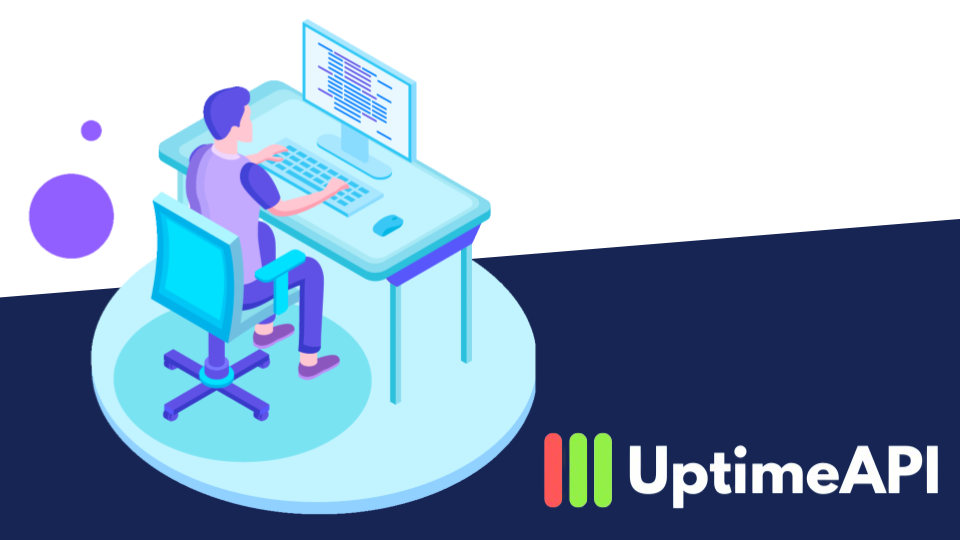API Monitoring Explained: A Beginners Guide

In today’s fast-paced digital landscape, ensuring that your APIs are functioning smoothly is critical to maintaining seamless user experiences. This is where Uptime API comes into play, offering developers a robust solution for real-time API monitoring. This post will introduce you to this API, explore its key features, and provide a beginner’s guide to getting started with API monitoring.
API Monitoring: Use Uptime API!
Uptime API is a sophisticated tool designed to help developers keep a vigilant eye on the performance and availability of their APIs. By regularly checking the status of your APIs, Uptime API ensures that they are operational and performing as expected. This proactive approach allows you to address issues before they impact your users, thereby maintaining the reliability of your services.
Uptime API offers real-time monitoring of your APIs, with updates every 60 seconds. This frequent interval ensures that any issues are detected promptly, allowing you to react quickly and minimize downtime. One of the standout features of Uptime API is its comprehensive alert system. You can receive notifications via email, Slack, or webhooks, ensuring that you are immediately informed of any anomalies or downtimes. This allows you to address problems as soon as they arise, maintaining service reliability and user satisfaction.
Uptime API provides support options based on your plan, ranging from basic support to premium support. Additionally, a service-level agreement (SLA) is included, guaranteeing a certain level of service reliability and performance.
Getting Started with API Monitoring: A Beginner’s Guide
- Step 1 - Choose a Plan: Uptime API offers three main plans. Basic: Ideal for individuals or small projects, this plan allows you to monitor up to 10 APIs with a 60-second monitoring interval. Pro: Suitable for larger projects, this plan supports monitoring up to 50 APIs and includes 500 error logs per month. Plus: Designed for extensive monitoring needs, the Plus plan lets you monitor up to 200 APIs with 1,000 error logs per month and premium support.
- Step 2 - Set Up Your API Monitors: Once you’ve selected your plan, you can start setting up monitors for your APIs. Configure the endpoints you want to track and specify the monitoring intervals and alert preferences. Uptime API’s intuitive interface makes this process straightforward.
- Step 3 - Customize Your Alerts: Configure how you want to receive alerts, whether through email, Slack, or webhooks. This ensures that you are promptly notified of any issues, allowing for quick resolution.
- Step 4 - Analyze Performance: Utilize the error logs and performance reports provided by Uptime API to analyze the health of your APIs. Use this data to make informed decisions about improvements and optimizations.
Check This YouTube Video!
Conclusion
Uptime API is an invaluable tool for developers seeking reliable and real-time API monitoring. With its robust feature set, including real-time updates, comprehensive alerts, and detailed error logs, Uptime API helps ensure that your APIs remain operational and performant. Whether you’re working on a small project or managing a large-scale application, Uptime API offers the flexibility and support you need to maintain top-notch service reliability. By following the beginner’s guide outlined above, you can effectively implement API monitoring and keep your applications running smoothly. For more details, visit the official Uptime API website.
